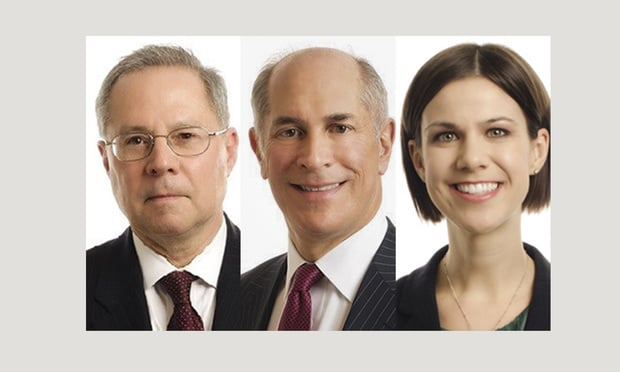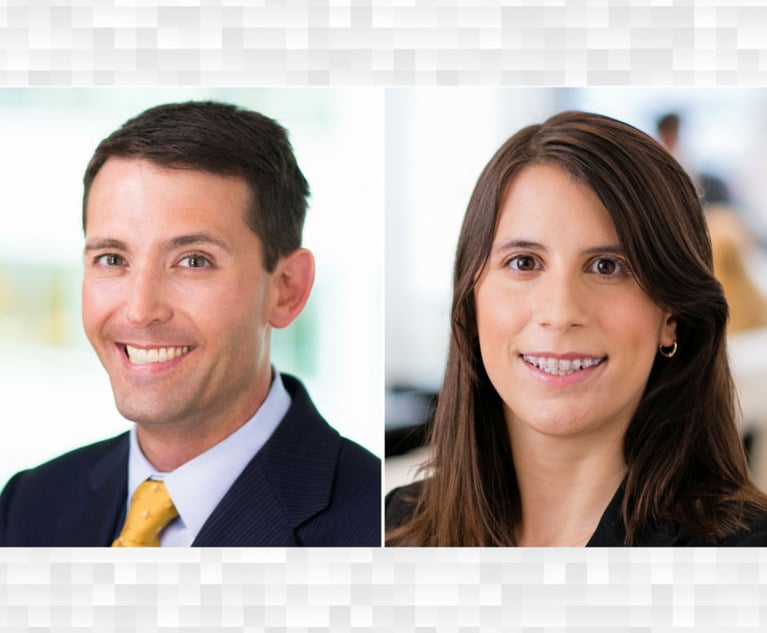In securities litigation, complaints that refer to and quote statements from confidential insider sources have become the norm. These insider sources are often former employees of the defendants, who are described in the complaint as “confidential witnesses,” e.g., confidential witness 1 (CW1), confidential witness 2 (CW2), and so forth. The phenomenon of the confidential witness is a byproduct of the substantially heightened pleading requirements set forth in the Private Securities Litigation Reform Act (PSLRA) and imposed by decisions, such as Tellabs v. Makor Issues & Rights. However, the practice of relying on confidential witnesses places enormous strains on plaintiffs, the witnesses and the judicial system.
This article explores the reasons for using confidential witnesses, the required disclosures regarding the confidential witness at the pleading stage, and ways in which courts have confronted the messy factual issue of a “recanting” confidential witness.


 Robert L. Hickok, Jay Dubow and Whitney Redding of Troutman Pepper Hamilton Sanders.
Robert L. Hickok, Jay Dubow and Whitney Redding of Troutman Pepper Hamilton Sanders.




